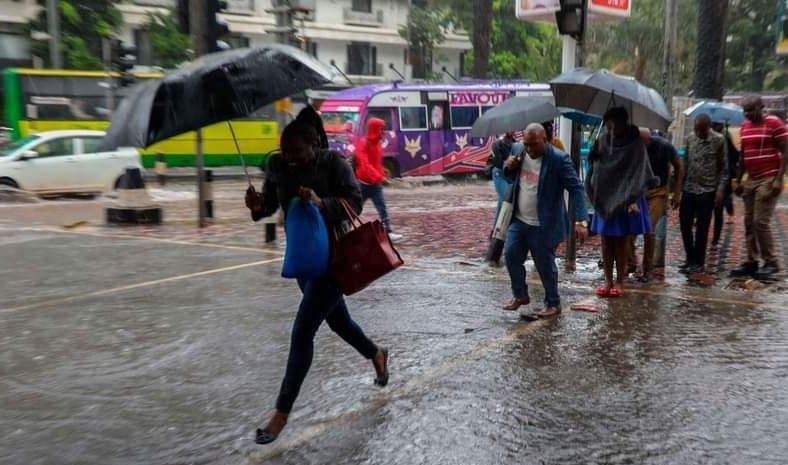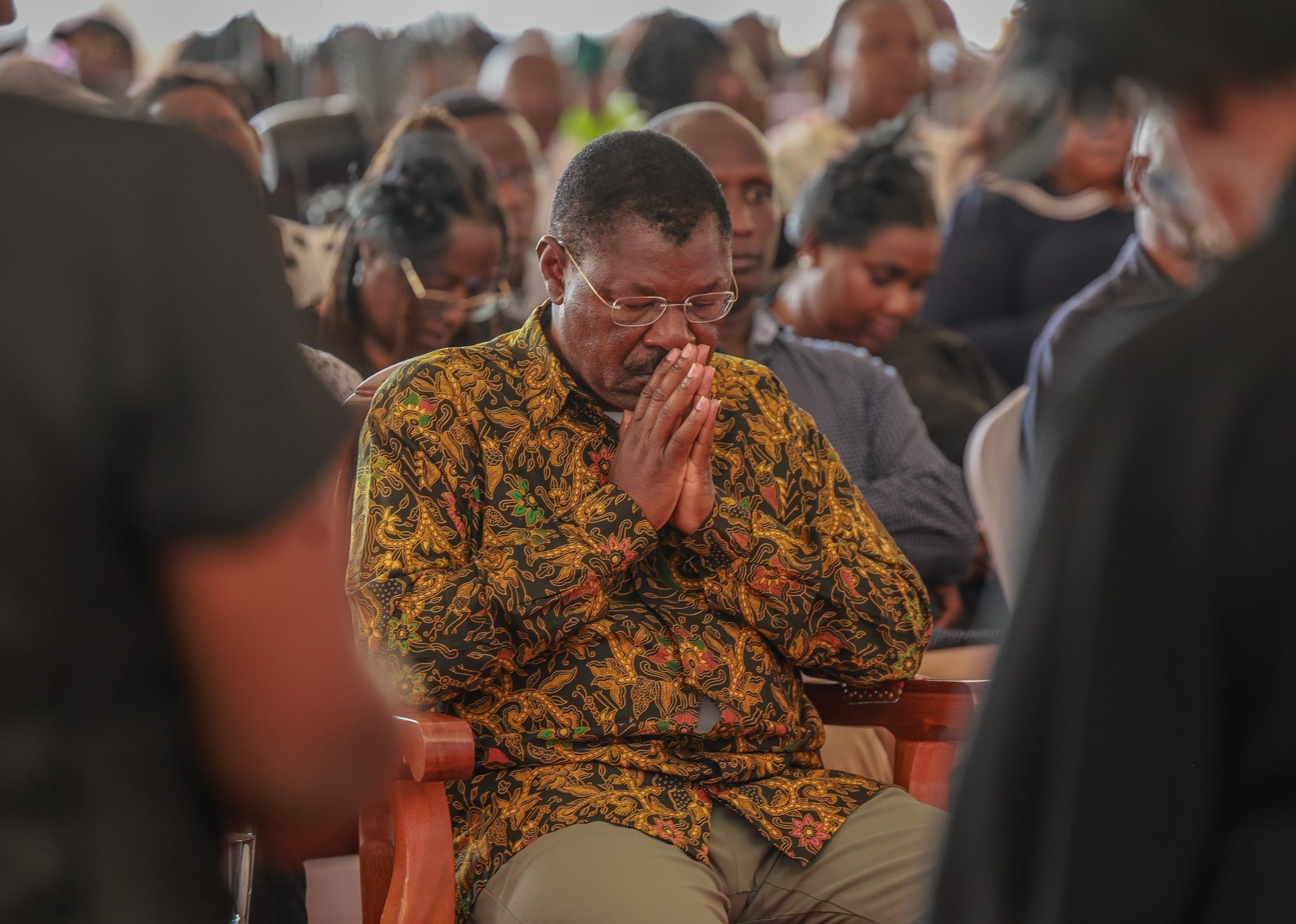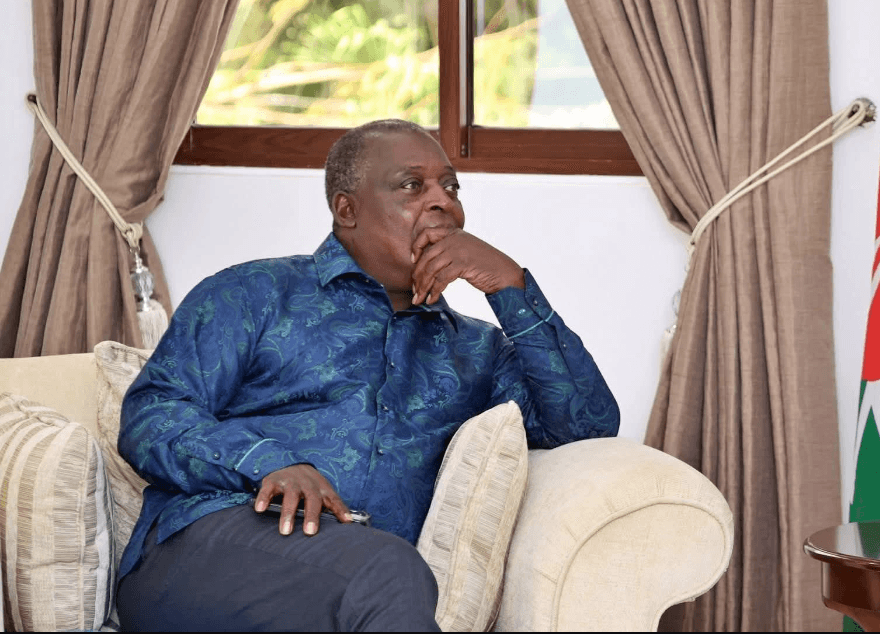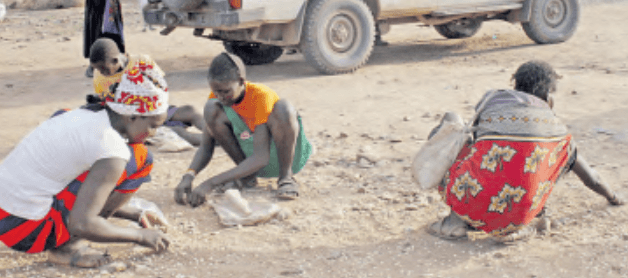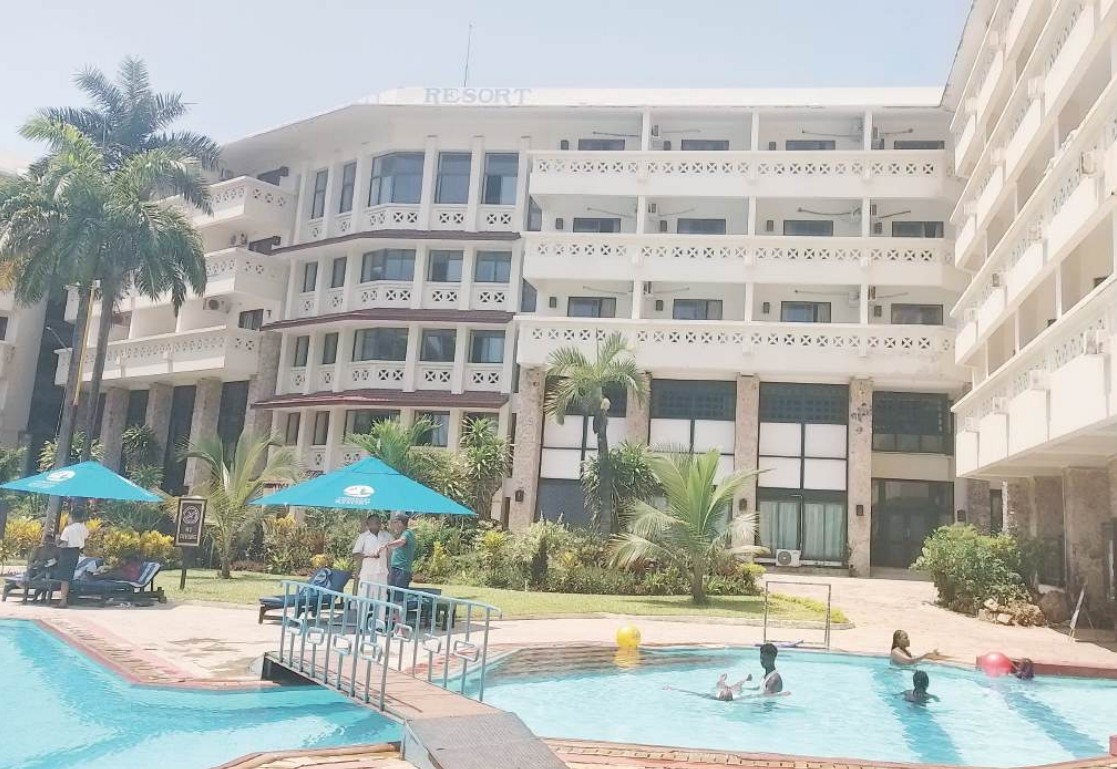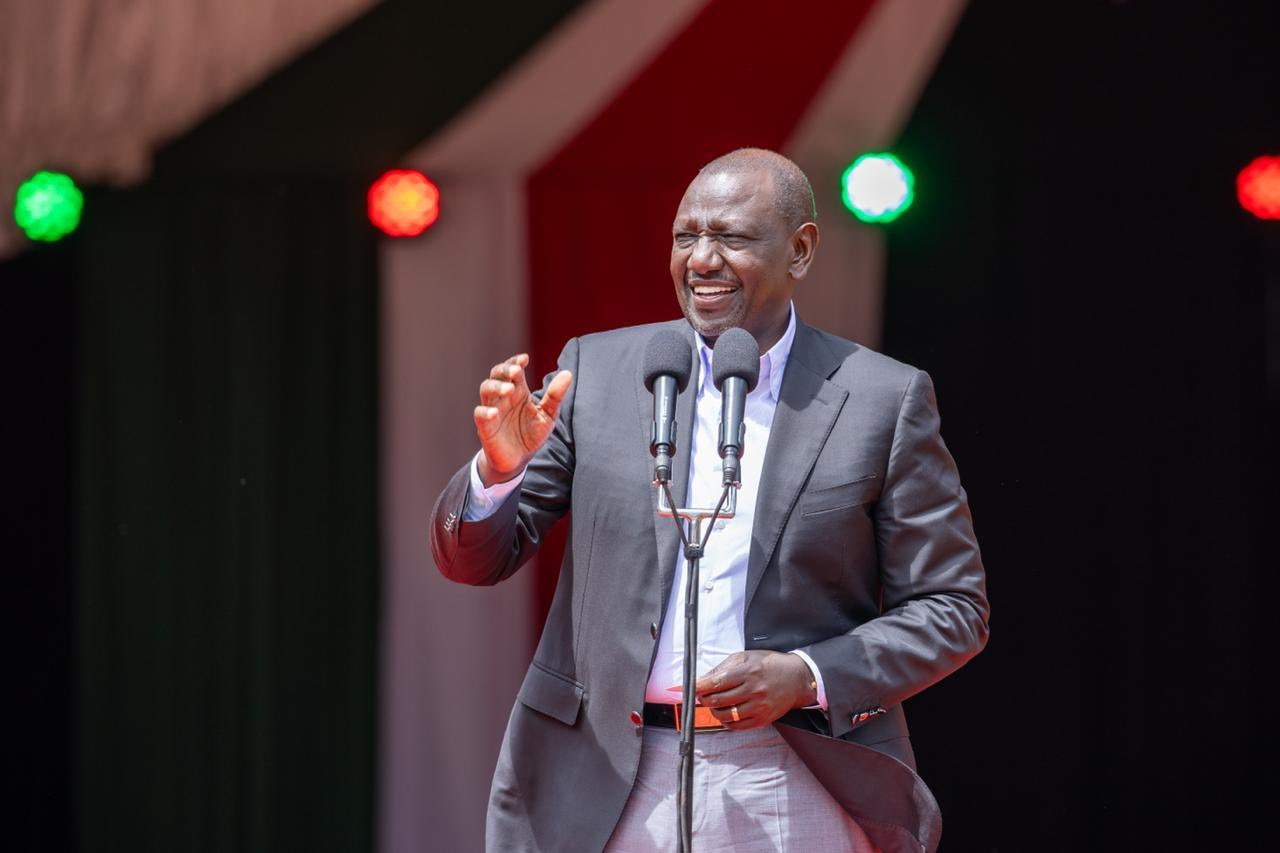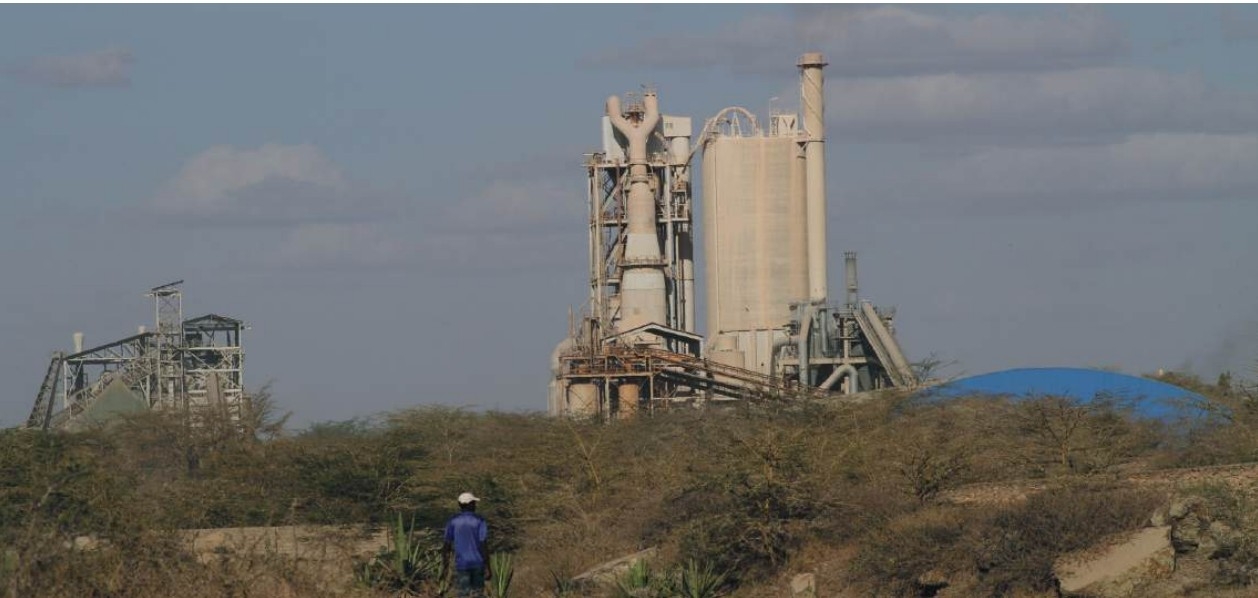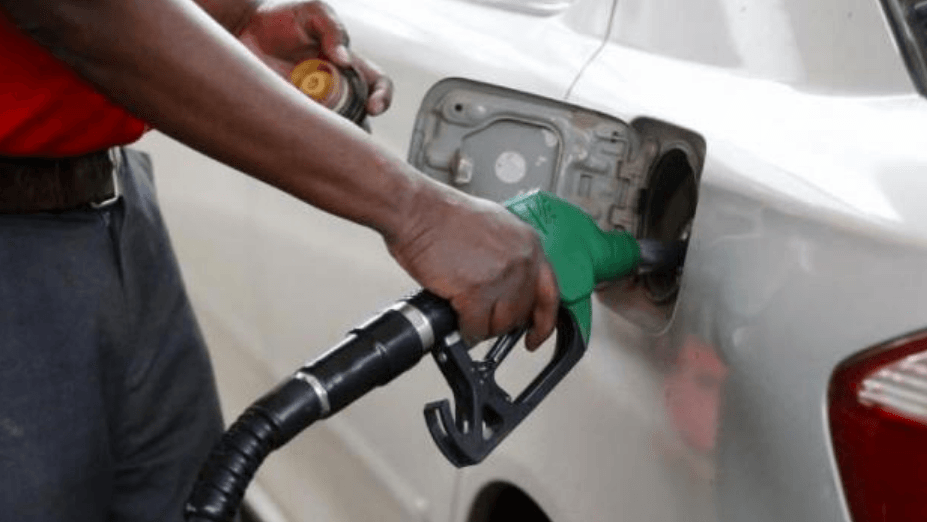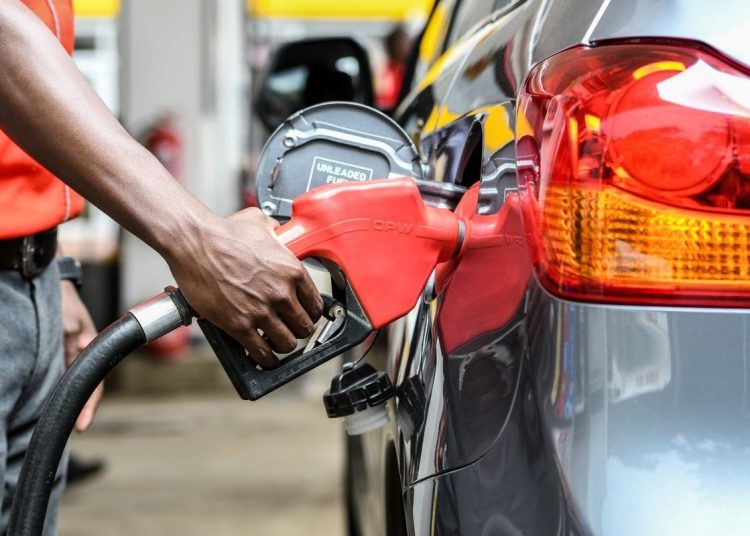
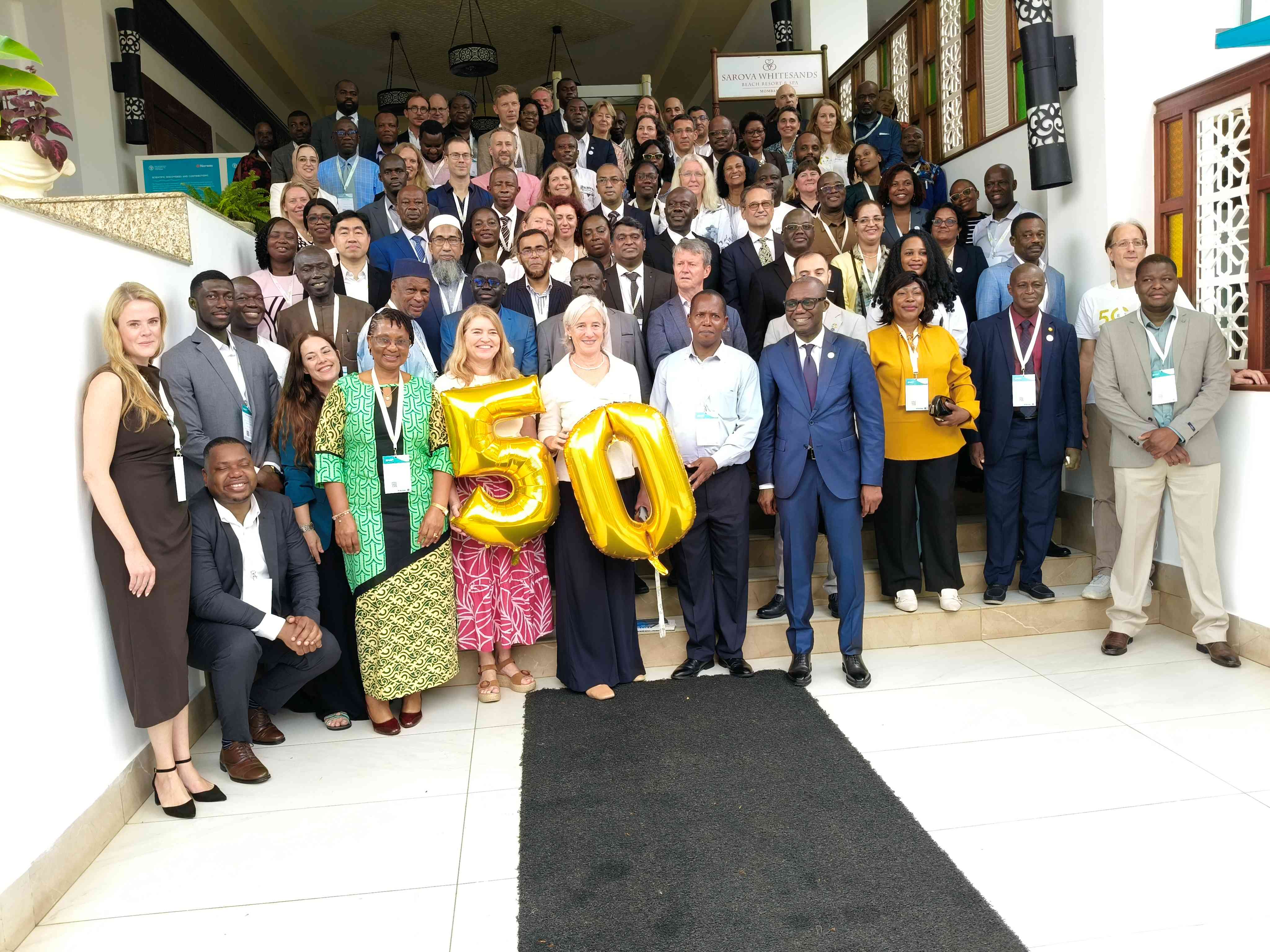 Participants at the
EAF-Nansen program meeting in Mombasa on Tuesday / BRIAN OTIENO
Participants at the
EAF-Nansen program meeting in Mombasa on Tuesday / BRIAN OTIENONorway has reaffirmed its commitment to supporting Kenya in mapping marine resources and helping coastal communities maximise benefits from the blue economy.
The pledge was made as the Kenya Marine and Fisheries Research Institute announced plans to intensify efforts to ensure local fisherfolk gain more from ocean-based resources.
Norwegian ambassador to Kenya Siv Moe said the research vessel Dr Fridtjof Nansen has been instrumental in expanding Kenya’s knowledge of its marine ecosystem.
She spoke during a meeting with African partners of the Ecosystem Approach to Fisheries (EAF)-Nansen Programme in Mombasa.
“The vessel gathers data from the ocean that informs policies for sustainable fishing and effective ocean management,” Moe said.
She said Kenya now has a clearer picture of its fish stocks, endangered species and viable fishing zones.
The EAF-Nansen Programme is a partnership between the Food and Agriculture Organization (FAO), the Government of Norway, regional organisations and 32 countries across Africa and the Bay of Bengal.
It seeks to strengthen institutional capacity, enhance research and promote sustainable fisheries for food and nutrition security.
Last year, Kenya and Norway signed an MoU to deepen cooperation in sustainable fisheries and ocean governance.
KMFRI director general Paul Orina said Kenya’s marine stock assessments, spatial planning and sustainability initiatives have largely been informed by the research conducted through the Nansen expeditions.
“The 50 years of Nansen’s work — and the 20 expeditions to our waters — have helped us understand fish migration, critical breeding zones,and the best seasons for fishing,” he said.
Orina said most fishing activities along Kenya’s Coast remain artisanal and scientific data from the programme now helps inform policy decisions to better support small-scale fishermen.
“When we know what resources lie in our waters, the government can make informed interventions. We are also working towards having more local vessels and processing facilities to increase value addition,” he said.
Orina said a single research vessel docking in Mombasa can inject up to Sh200 million into the local economy.
FAO deputy director of fisheries and aquaculture Vera Agostini said oceans underpin global food systems and livelihoods but face growing pressure from climate change, population growth and pollution.
“Without a healthy ocean, there will be no food, no jobs and economies will suffer,” Agostini warned.
Merete Tandstad, EAF-Nansen programme coordinator, said the initiative has conducted more than 400 marine surveys over five decades, covering 70,000 nautical miles and training more than 650 experts since 2017.
“When Nansen first surveyed Kenya’s waters, very little was known about the ecosystem. Today, that information is helping governments make evidence-based decisions,” Tandstad said.
The Dr Fridtjof Nansen remains one of the world’s most advanced research vessels, jointly operated by FAO and Norway to promote sustainable use of marine resources.


